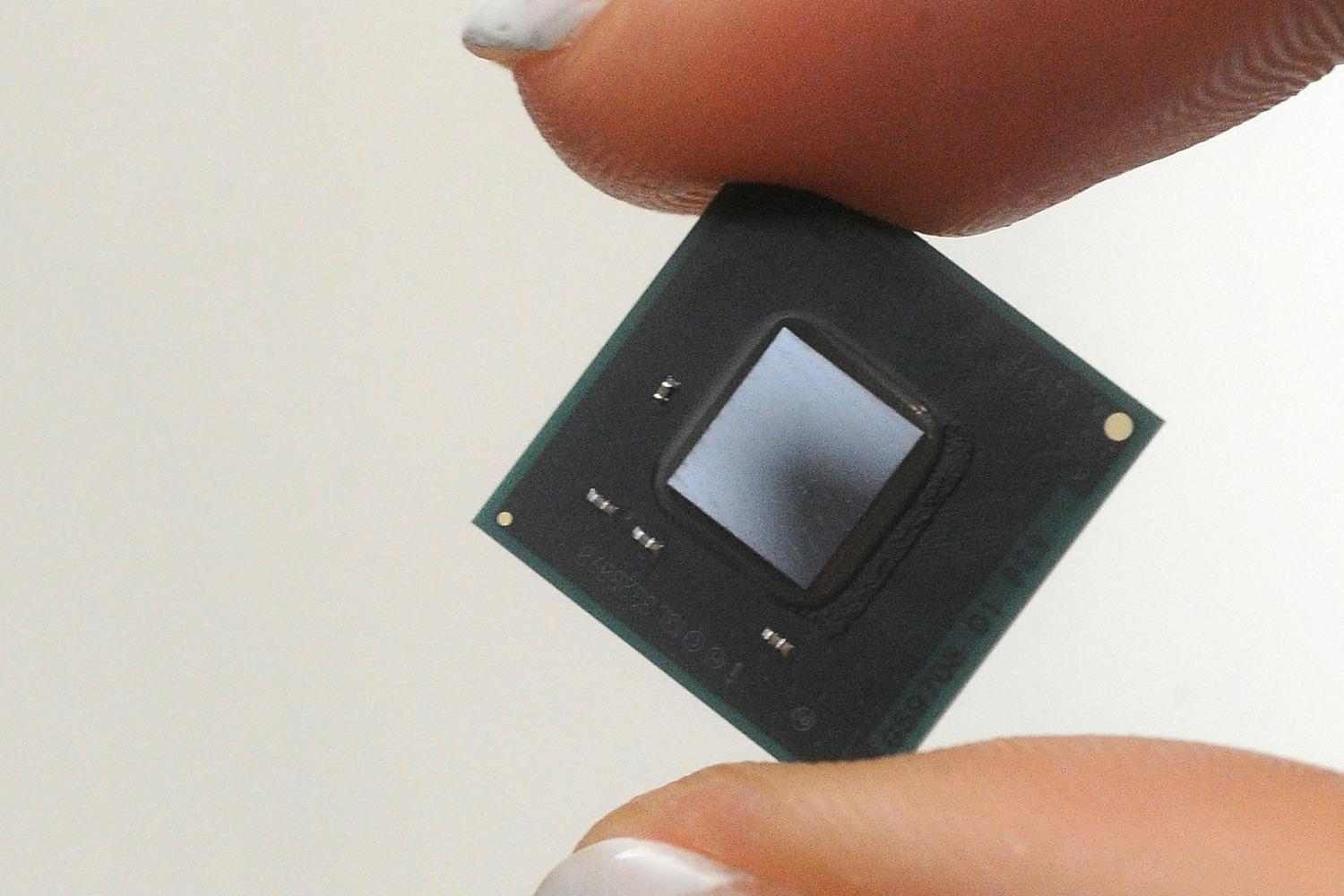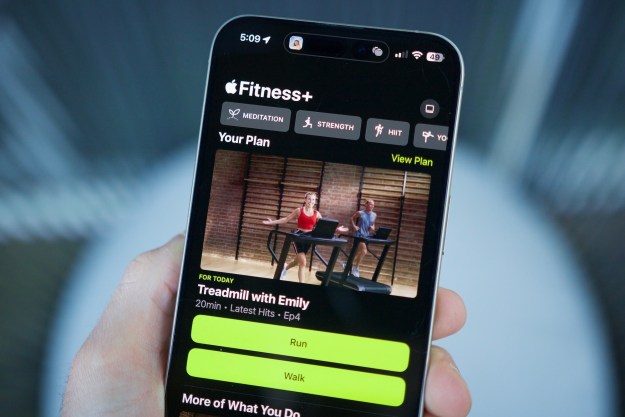
How did that happen?
“Because of what we did,” Oren Michels explains.

Likewise, Apple’s iPad came with a news app from USA Today. Why?
“Because they had an API. That was huge. That transformed the company. Completely transformed the company,” he said.
Michels is co-founder and CEO of Mashery, and Apple isn’t a customer. Michels is fine with that. They don’t have to be. To build The Times’ best-sellers list into the iPhone app, the company got a key through the terms of service of the API and just plugged it in. Simple as pie.
Mashery is all about connections like that. The company manages APIs that allow company A to access data from company B. Before the company came along, APIs (or application programming interfaces) were largely things for geeks, a way for a software programmer to access a piece of hardware — a video card or a hard drive or whatnot.
Before the iPhone came out. Before the Facebook platform, Twitter, Apple’s App Store — everything people currently associate with APIs and access to data — Michels was working on the space. Then Intel came along.
In May of 2013, the chip giant picked up Mashery for an undisclosed amount of money rumored to run around $180 million. The company had its sights on the next great platform: the Internet of Things, which analysts expect to generate anywhere from $5 billion to $80 katrillion dollars, more or less next week. Mashery could make it all work right.
“It was right around the same time that we were getting bought that a bunch of people at Intel thought hey, we make chips. Everything runs on Intel. More things are going to run on Intel. And everything that runs on it is going to have to connect. What’s it going to connect to? It’s going to have to be APIs,” Michels told Digital Trends.
“It’s very early. This isn’t even the bottom of the first inning for IoT.”
That’s an awful lot of chips, of course, and Intel aims to supply them. A few months after the company picked up Mashery, Intel unveiled the Quark X1000 SoC, its smallest core ever, one-fifth the size of an Atom core and designed for wearables. At last year’s Intel Developer Forum, CEO Brian Krzanich pulled the tiny chip from his pocket, according to The Verge, and made his vision clear: “Our strategy is actually very simple. Our plan is to lead in every segment of computing.”
The vision then, is a Quark chip in every smartwatch from here to Timbuktu.
“Intel wishes to sell lots and lots of those,” Michels said. “Even these little devices, they may not have a lot of processing power on board, but if you do it right, they basically have the entire cloud bolted on.”

- 1. Mr. Coffee’s Smart Coffeemaker
- 2. Prototype devices utilizing Intel’s Quark processor
That’s ambitious of course, but there’s a long way to go yet, and Intel may have the market- and mindshare to make it happen. “It’s very early. This isn’t even the bottom of the first inning for IoT,” Michels said. So what’s on Intel’s agenda? The latest announcements from the company hint at direction. On Sept. 4, Intel unveiled MICA, a luxury smart bracelet with a 1.6-inch touchscreen built into it. Conceived and designed in collaboration with New York City-based fashion house Opening Ceremony, MICA — which stands for “My Intelligent Communication Accessory” (again, I know) — features a curved sapphire-glass touchscreen and a 3G radio, and sends alerts and messages. At $1,000, it’s clearly the high-end of the future and won’t be available until next year.
The future for the rest of us might come from smartwatch maker Basis, which Intel bought in March for around $100 million. Basis just released its Peak smartwatch, an evolved version of the group’s flagship with even smarter sensors to monitor your sweat levels, sleep patterns, and heart rate. General manager Jef Holove told Digital Trends he couldn’t confirm future plans, but it sounds like platform work is a key part of it.
Then there’s everything else: The coffee pots and the cars and smoke detectors. Fire extinguishers.
Michels will discuss some of that at the Wearables + Things conference in Washington D.C. The developer-centric conference runs Oct. 20-21, and will also feature Google Android Wear lead Timothy Jordan and Reginald Brothers, the Dept. of Homeland Security’s Under Secretary of Technology and Science, in addition to Nike and Sony and Pebble and Adidas and Sony and Qualcomm and … you get the picture.
“If you look at the analysts who say we’re going to have 20 billion, 50 billion, pick a number, connected devices by pick a year — it’s just a big number and a soon year,” Michels said. “But there are very few companies in the world that can make that many chips.”



